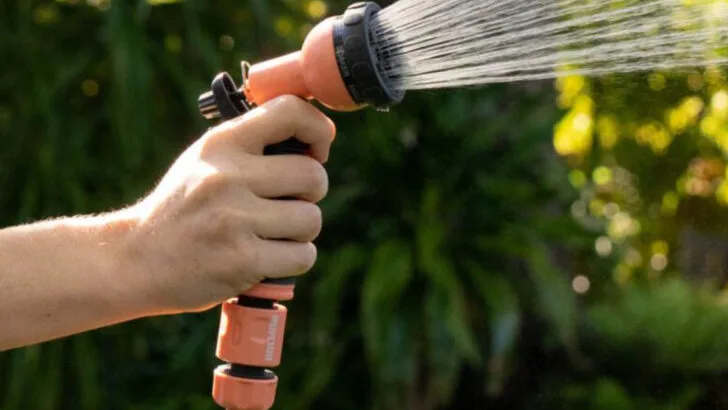It seems harmless enough—drag out the garden hose, water your plants, and move on. But what if that very hose is doing more harm than good? From chemical leaching to temperature shock, there are several hidden ways your standard hose could be stressing, weakening, or even killing your plants without you realizing it.
Many common hoses are made from materials that contain lead, phthalates, and other toxins that can leach into the water—especially when left in the sun. On top of that, water sitting inside the hose can quickly heat up to plant-scorching temperatures, especially in warmer months. The result? Plants that show signs of wilting, browning, or mysterious die-off, even though they’re being regularly watered.
In this article, we’ll dig into the lesser-known dangers of typical hoses, the types of hoses to avoid, and what you should be using instead—like food-safe soaker hoses, drip systems, or even simple watering cans. If your garden’s been struggling without a clear cause, the answer might just be hiding in plain sight—coiled up by your shed.
Chemical Leaching from Old Hoses
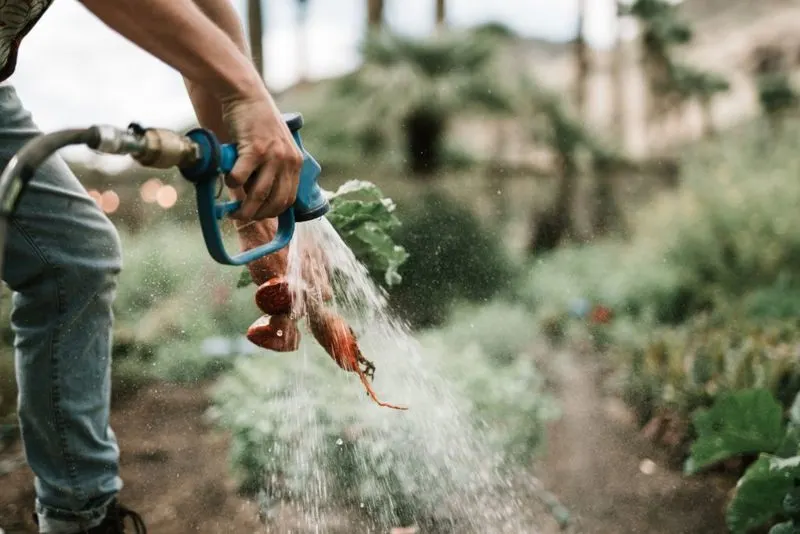
Did you know that older garden hoses might be leaching harmful chemicals into your soil? Many hoses manufactured before stricter regulations contain lead, BPA, and phthalates. These substances can seep into your garden, affecting plant health.
Regular exposure to these chemicals may stunt growth or alter the taste of fruits and vegetables. Consider upgrading to a hose labeled “drinking water safe.”
These are made from materials that don’t release harmful chemicals, ensuring your plants receive only the best. A small change can make a big difference in your garden’s vitality.
Inconsistent Water Pressure
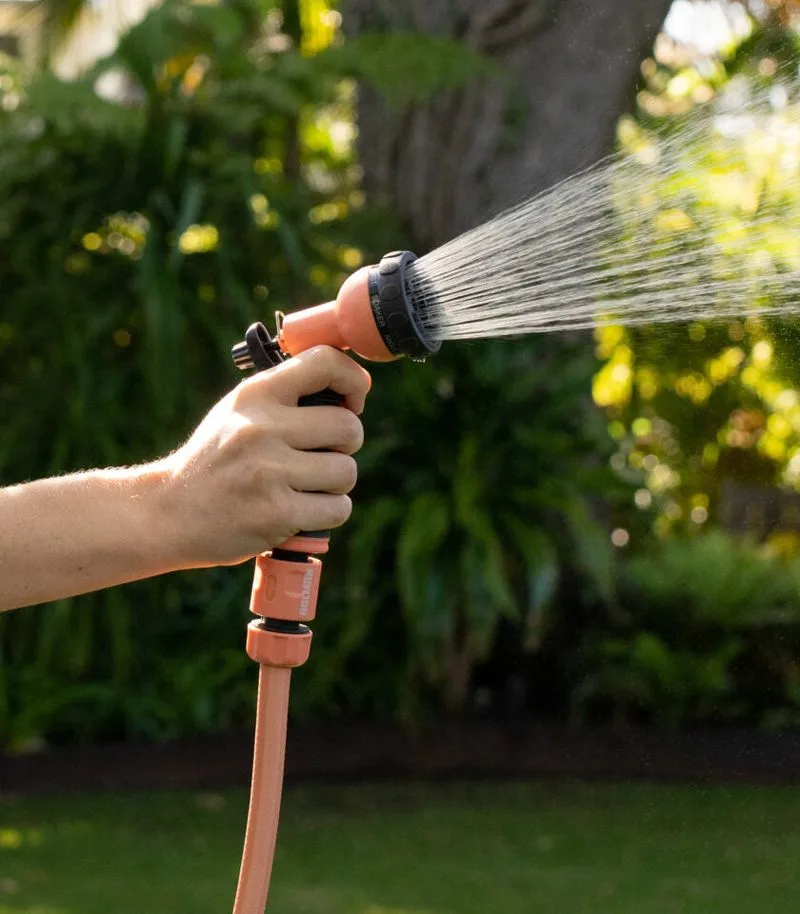
Ever wonder why some plants don’t seem to thrive despite regular watering? Inconsistent water pressure from hoses can lead to uneven water distribution. High pressure might erode soil, exposing roots and causing stress.
On the flip side, weak pressure fails to penetrate deeply, leaving roots thirsty. Investing in a nozzle with adjustable settings can help.
This allows for tailored watering, catering to the specific needs of each plant species. Such mindful practices ensure that water reaches its intended target, fostering healthier growth and reducing unnecessary waste.
Contaminated Water Sources
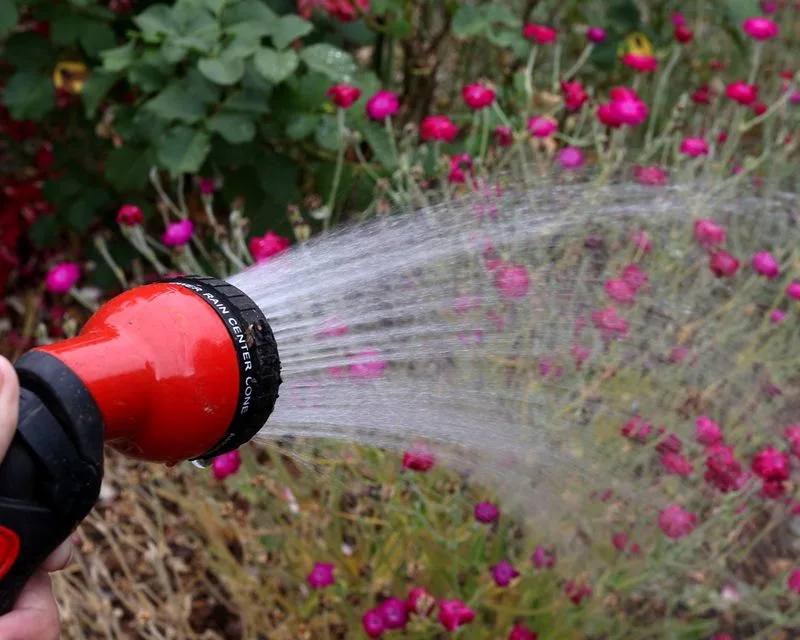
It’s not just about the hose; sometimes, it’s where the water comes from. Using a hose connected to a contaminated source can introduce pollutants directly to your plants. These pollutants can include pesticides, heavy metals, and pathogens.
Such contaminants may lead to plant diseases or poor growth. It’s crucial to ensure your water source is clean and safe. Utilizing a filtration system can offer peace of mind.
With filtered water, you’re providing a healthier environment, allowing plants to flourish without the hidden dangers lurking in untreated water.
Improper Hose Storage
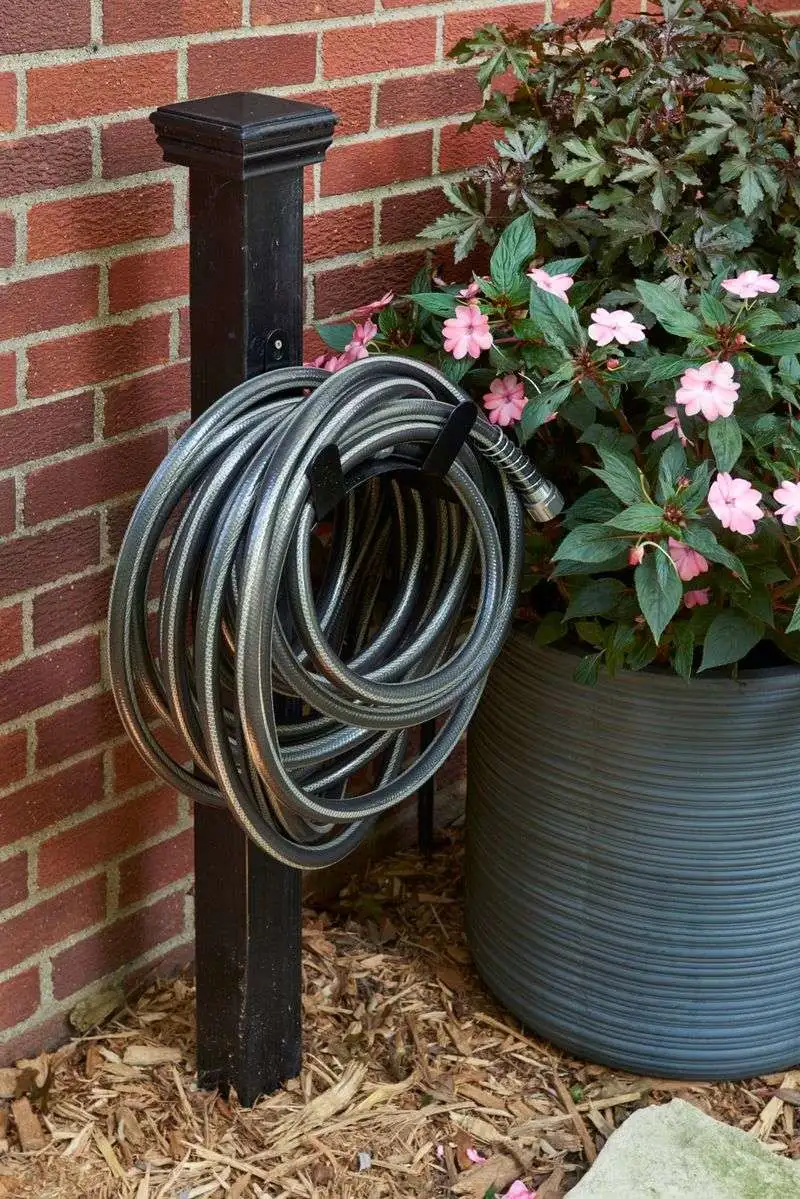
Improper storage might be wreaking havoc on your garden ambitions. Leaving hoses tangled and kinked can cause blockages, restricting water flow. This uneven distribution may lead to dehydration in some areas while overwatering others.
Properly winding and storing your hose keeps it in top condition, promoting a consistent water flow. Use a hose reel or hooks to store them neatly off the ground.
This practice not only extends the life of your hose but also ensures a balanced watering routine for your plants, supporting their growth and resilience.
Using Non-Permeable Hoses
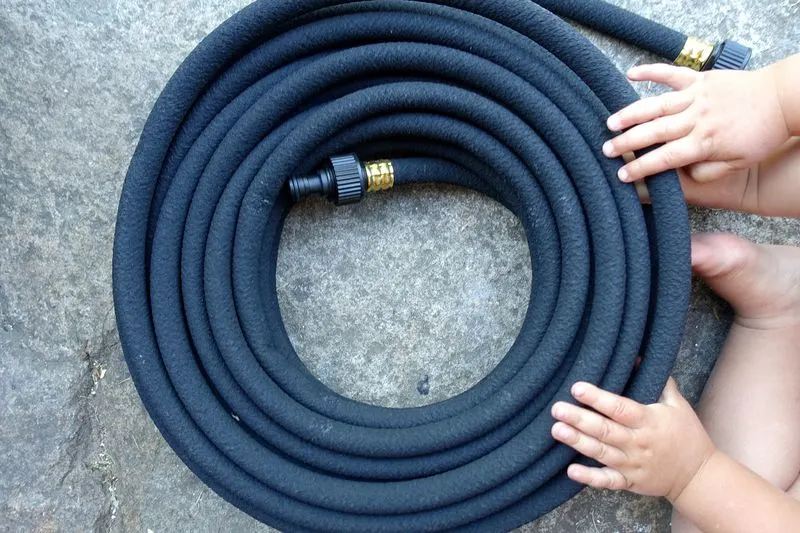
Non-permeable hoses might be limiting your garden’s potential. These hoses don’t allow for the gradual seepage of water, leading to surface-level watering. This shallow watering encourages weak root systems, making plants vulnerable to environmental stressors.
Switching to a soaker hose can be beneficial. Soaker hoses slowly release water directly to the root zone, promoting deep, strong root growth.
Such a system supports drought resistance and improves nutrient uptake, ensuring your plants develop resilience and vitality. Adopting this method can transform your approach to nurturing a thriving garden.

